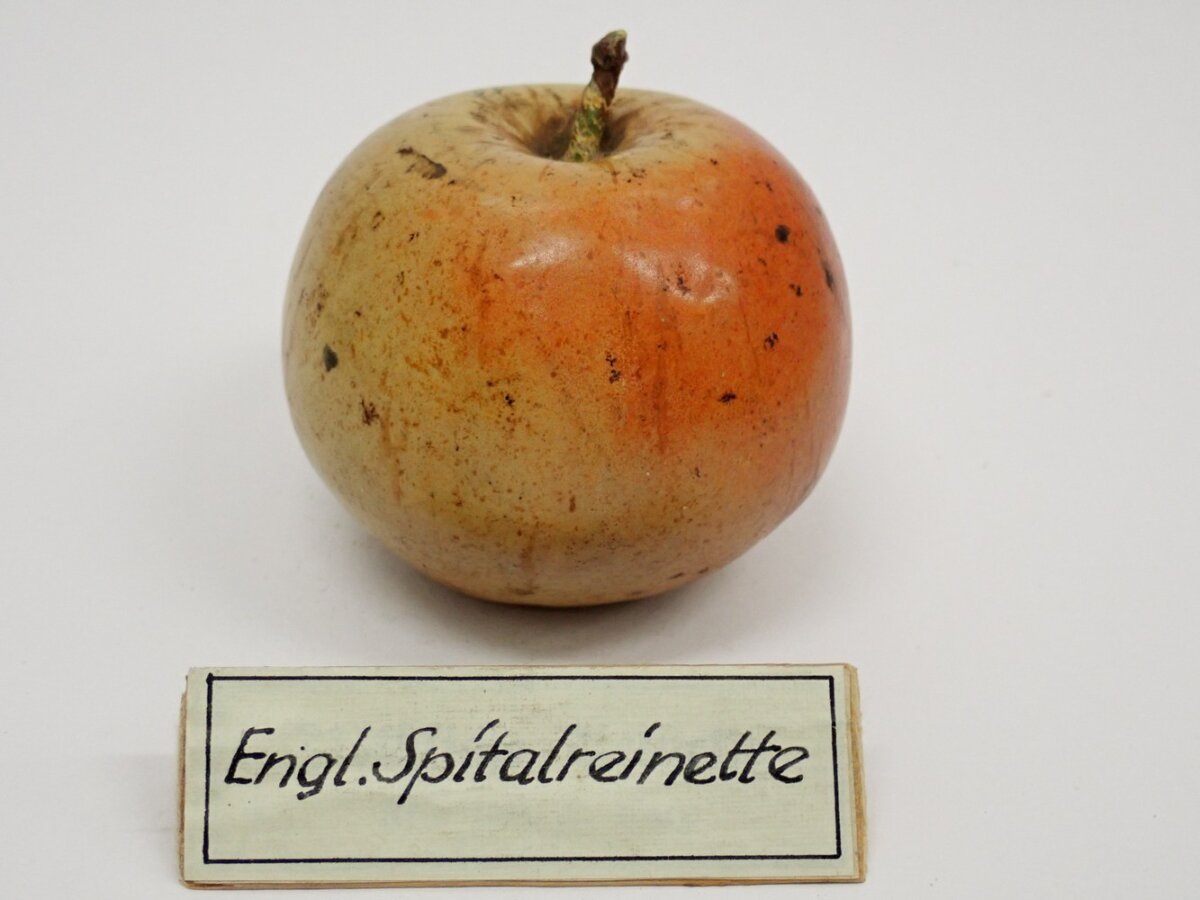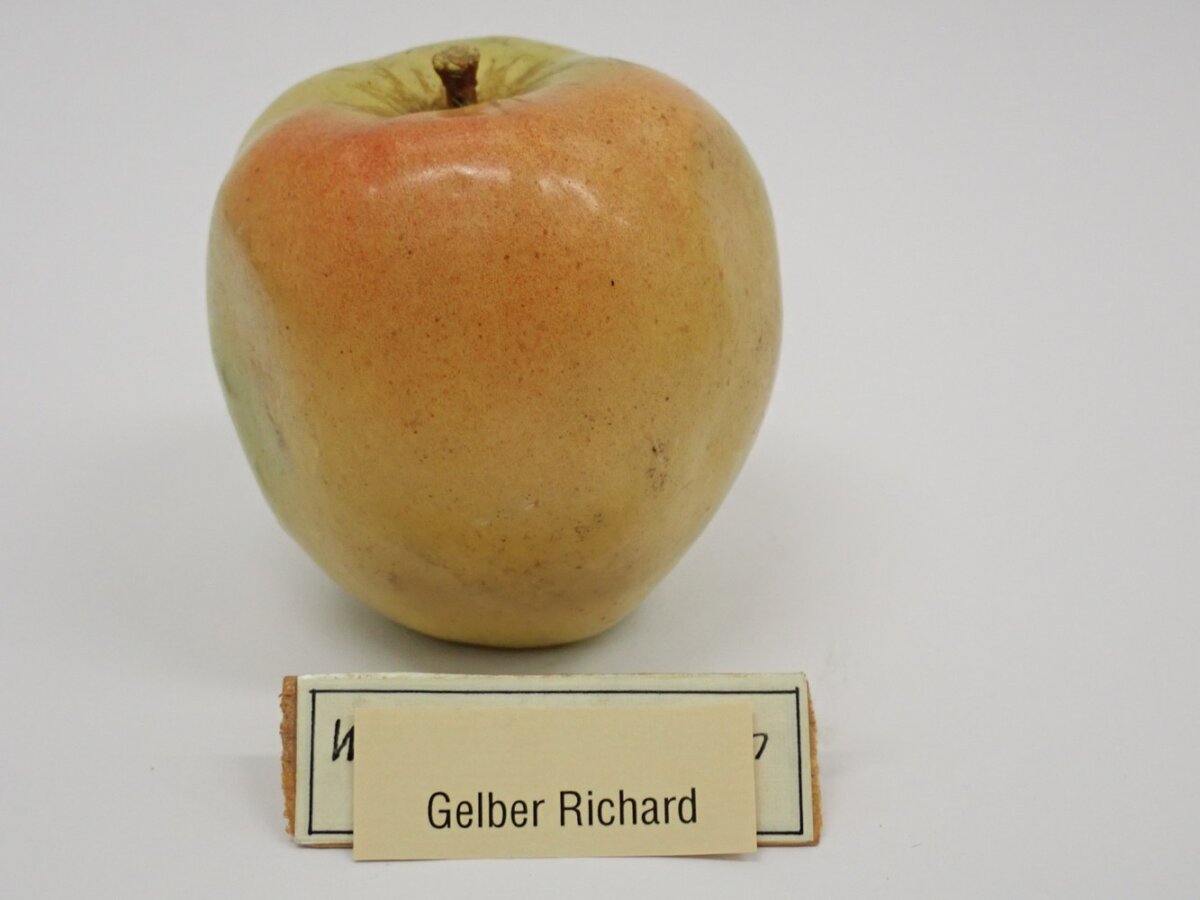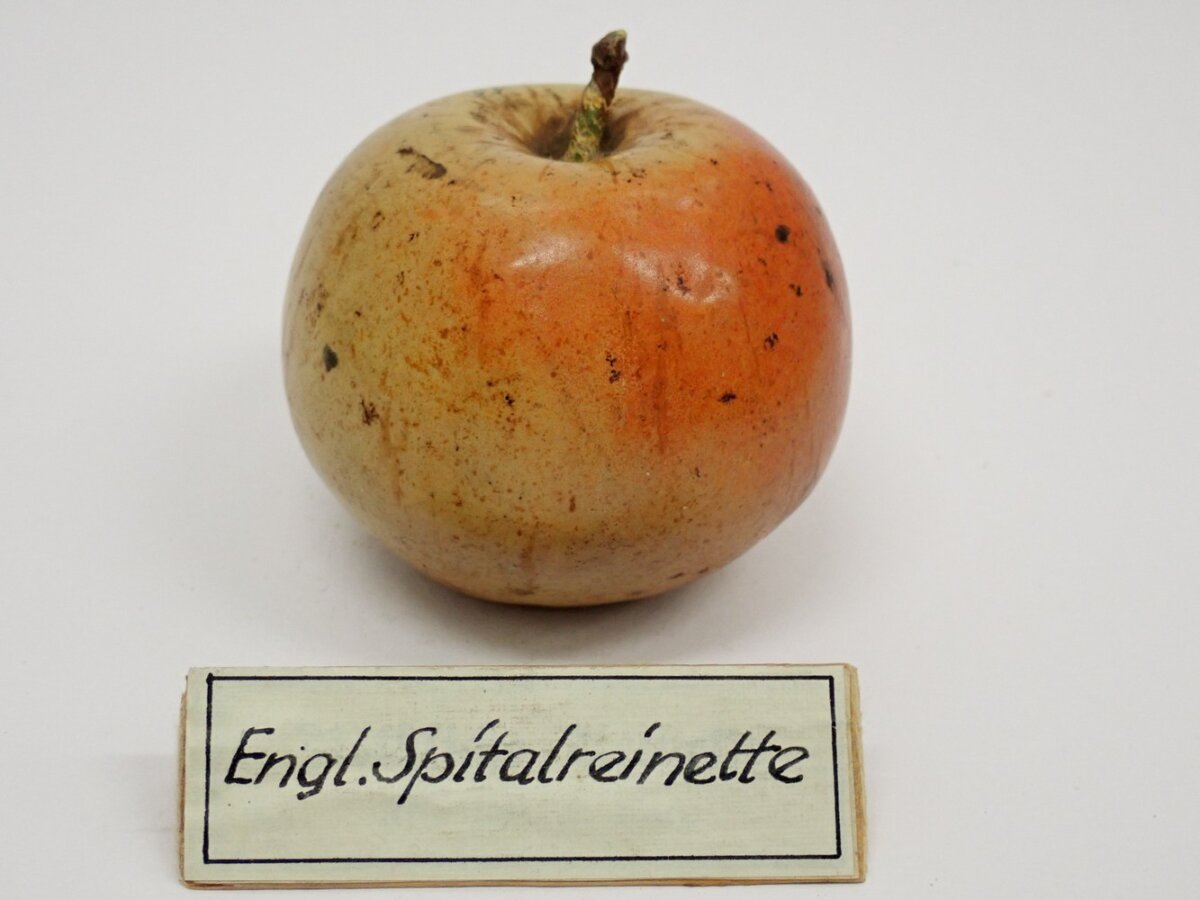Models from Arnoldi’s Fruit Cabinet demonstrate in the Humboldt Lab how diverse the range of German varieties could be
Apples are a fruit to which we are accustomed, one that seems normal and ordinary to us and as the subject of a scientific exhibition is surely nothing spectacular. Yet the apple models on exhibit in the Humboldt Lab are anything but everyday items even though they used to be grown in Germany. They have amazingly little in common with the varieties to be found on European supermarket shelves. The 32 apples, models that look deceptively real, come from Arnoldi’s Fruit Cabinet, a collection of varieties grown in Europe in the 18th and 19th centuries.
“You won’t find a Braeburn or a Granny Smith among them,” says Dr Thilo Habel, head of collections at the UNIVERSITY OF GREIFSWALD, where the Arnoldi collection is held.
In Arnoldi’s days fruit growing was characterised by orchard meadows and by a huge diversity of varieties. Modernisation of fruit growing and the clearance of orchard meadows after World War II led to a decline in the number of varieties. Today, German supermarkets mainly sell just ten out of around 3,000 varieties of apple that grow in Central Europe. “I would simply call them the standard European apple. We have effectively stopped eating small, wrinkled apples that may be very tasty and very healthy,” says Dr Gorch Pieken, head curator of the Humboldt Lab, the Humboldt-Universität’s scientific exhibition in the Humboldt Forum.
The knowledge about the native diversity is getting lost
The diversity to which Arnoldi’s Fruit Cabinet testifies is not just a sight for sore eyes; it also had practical benefits. There used to be winter, summer and autumn apples. “You can actually eat local apples at any time of the year,” Pieken says. Some varieties were harvested in the autumn but then had to ripen and were not edible until Christmas or January. “There are also very early varieties that may have unsightly skins but are extremely rich in vitamins and very tasty,” he adds.


